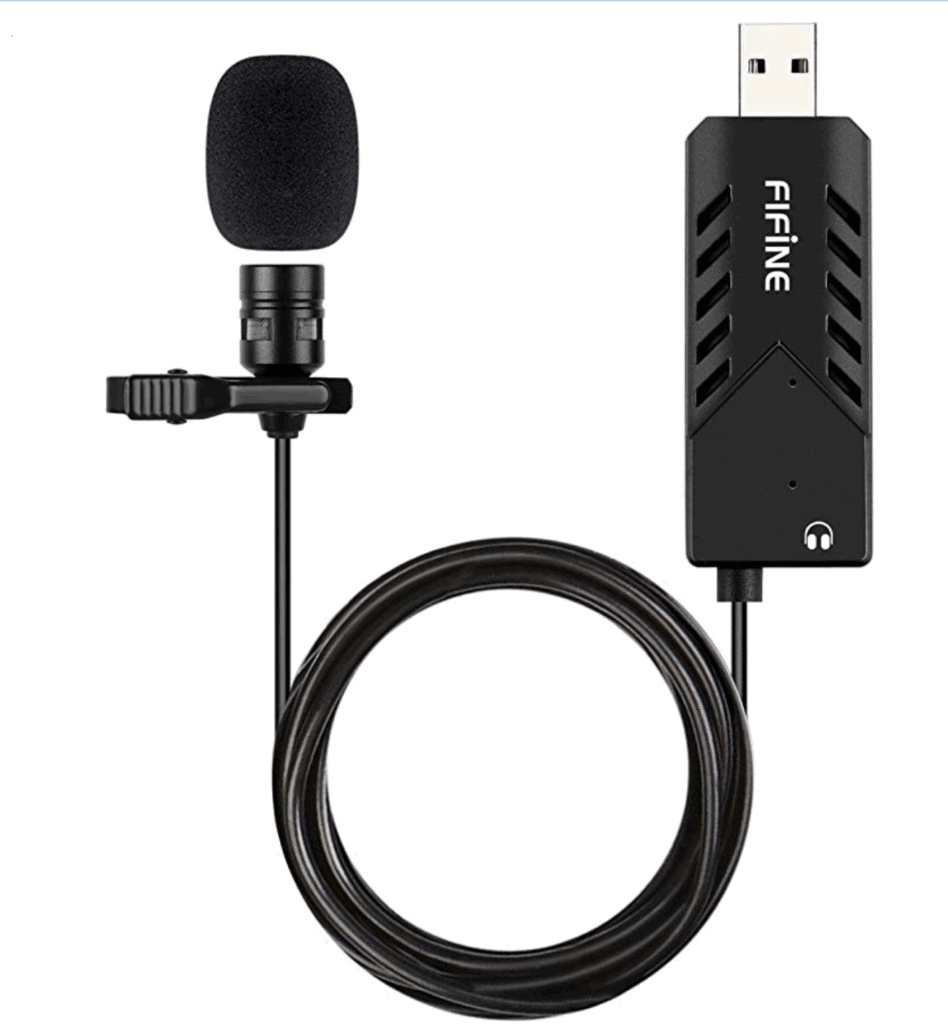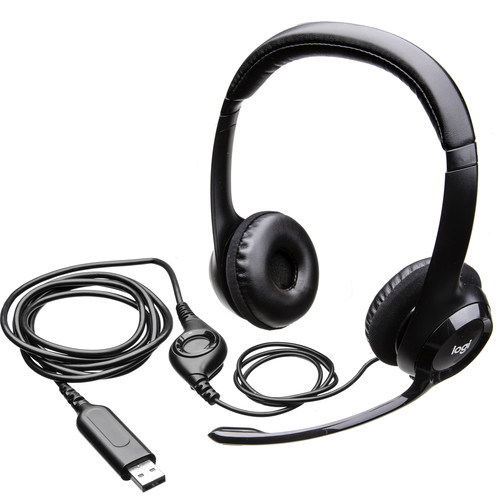Here are a few suggestions on how to look like a professional on camera from home or the office.
This article covers:
- Tips for recording webcam videos
- Tips for recording good sound quality
- Tips for recording your computer screen – screencast
- Related resources
- Example videos
Tips for recording webcam videos
Camera angle:
The camera should be straight and aligned with your eyes. Look at the small camera to establish eye contact with your viewers. Avoid the “up the nose” camera angle.
Lighting:
Don’t record in a dark room, it will create a spooky effect. Avoid recording yourself in front of a window, this will create a silhouette effect. Place 1-2 lights to shine a light on your face.
Background Distractions:
Avoid recording in a cluttered room; busy office space and personal spaces (bedrooms, kitchens) are very distracting. If you are using ZOOM, try using virtual backgrounds.
Duration:
Keep welcome videos short, 5-10 minutes is the recommended time frame. Visit Creating a Course Welcome Video to learn more.
TV Personality:
One important point to a welcome video is to illustrate your personality in order to reduce the distance feeling between the instructor and students.
Tips for Recording Good Sound Quality:
Find a quiet room with minimal distracting background noise. Invest in a good quality microphone if you plan on doing several videos. Speak clearly and a little bit slower than you normally do in order for the auto closed captioning software to pick up your words.
Tips for recording your computer screen (screencast):
At the University of Denver, we have free software programs that can record your computer screen:
Script, outline, and slides:
If you don’t have these items ready, your audience will see you scrambling around to find them which is distracting.
Easy to Read Slides:
Avoid text-heavy or high detail slides. Read the text on your slides and describe any chats in detail so that people with visual impairments can visualize what you are showing.
Text and Images:
Video is a visual medium, make sure to include related images to your presentation to help learners make a mental model about your lecture content.
Use PowerPoint, Google Slides or PDF: Stay organized and focused on your message by using slides and screenshots. Learn more about “Using ZOOM with PowerPoint or Apple Keynote“.
Edit video: If possible, edit the video to fix any audio issues and add annotations or graphics.
Share video: At the University of Denver, we have a video system called Kaltura that allow you to record and share videos. It is integrated with Canvas in the areas called My Media (private folder)and Media Gallery (share with all Canvas course participants). Learn more about our Kaltura video system.
Related Resources:
- Using the ZOOM Virtual Background feature to record your lecture videos
- Creating a Course Welcome Video
- 15 Handy Tips for Recording Engaging Screencasts
- How to Frame Your Webcam Video Like a Pro
Example Videos:
Contact Alex Martinez at the OTL if you have questions or need some help with webcam or screencast recordings.




Pingback: Recording your course: Protecting privacy, intellectual property, and tips for success – Office of Teaching & Learning